
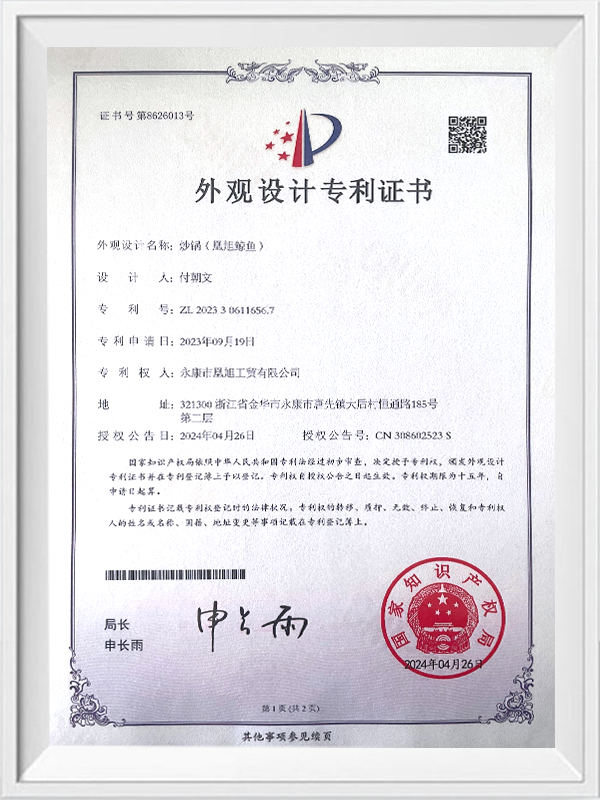
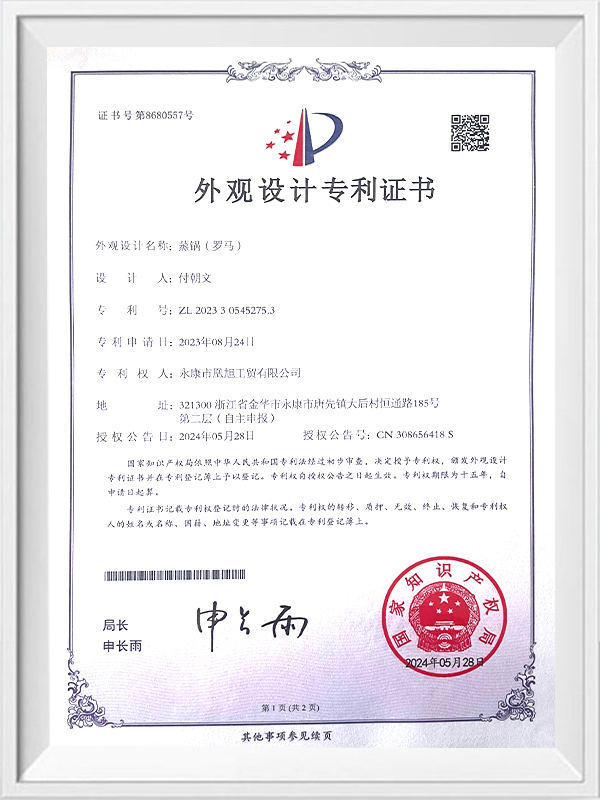
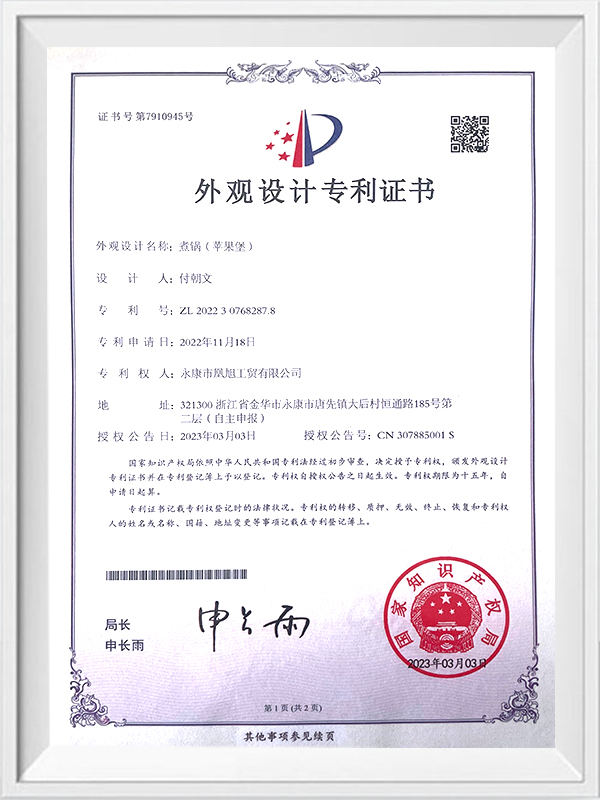
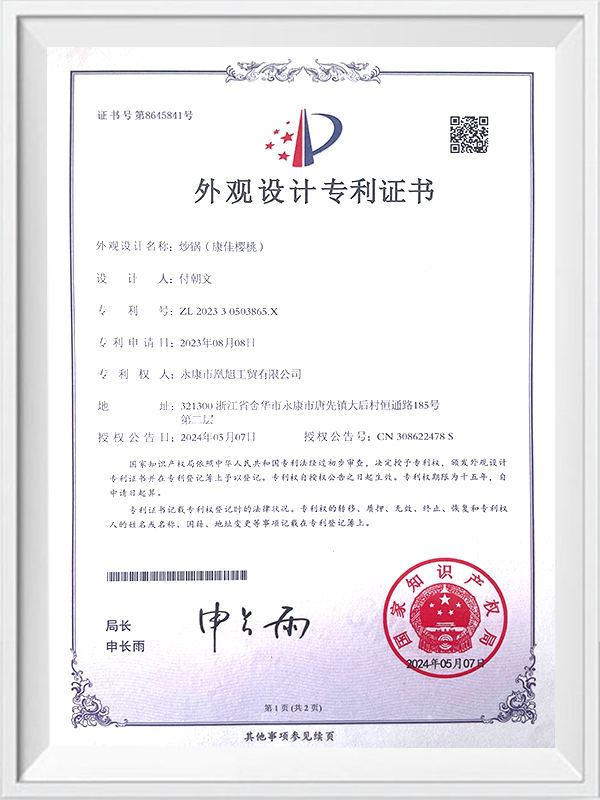
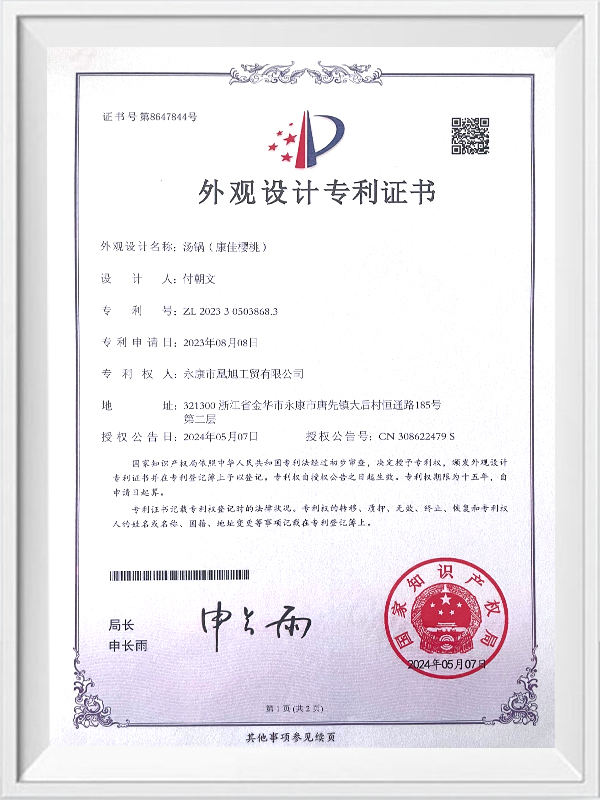


Die-cast aluminum cookware has gained steady recognition for its balanced performance, practical structure, an...
View MoreSelecting suitable household frying pans involves understanding cooking habits, kitchen space, heating methods...
View MoreUncoated Non-Stick Frying Pans are drawing wider interest in global markets as more consumers reassess the mat...
View MoreCooking a perfect steak requires more than just selecting high-quality meat—it also depends on the pan you use...
View MoreStockpots have long been essential tools in both home and professional kitchens. From preparing soups and stew...
View MoreHousehold frying pans have long been essential tools in kitchens around the world. In recent years, consumer p...
View MoreA milk pan is a small, deep cooking pot designed for heating milk and other liquids. It typically features a long handle for easy pouring and a spout to reduce spills. Milk pans are commonly made from stainless steel, aluminum, or non-stick materials, and are used for tasks such as warming milk, melting butter, making sauces, or preparing small portions of food. Their compact size and precise control make them ideal for gentle heating without scorching. Some models include a non-stick coating or layered bases for even heat distribution. Milk pans are commonly found in both home and professional kitchens.
A non stick milk saucepan is a practical kitchen tool designed for heating and cooking liquids with reduced risk of sticking or burning. Typically constructed with an aluminum or stainless steel base and coated with a non stick surface, this type of saucepan is particularly useful for warming milk, preparing custards, making sauces, or melting chocolate.
The non stick interior allows for easy stirring and cleaning, helping to prevent milk from scalding and sticking to the bottom during gentle heating. Many non stick milk saucepans are equipped with a heat-resistant handle for safe handling, along with a spout for controlled pouring.
This saucepan is generally lightweight and compact, making it convenient for everyday kitchen use. Its size is suitable for small-batch preparations and tasks that require precision and low to medium heat. Some models may feature layered bottoms for improved heat distribution and stability on various stovetops.
When using a non stick milk saucepan, it is recommended to use silicone or wooden utensils to avoid scratching the coating. Proper care includes handwashing in warm water and avoiding high-temperature cooking to prolong the life of the non stick surface.
Whether used in a home kitchen or small commercial setting, the non stick milk saucepan offers a functional option for preparing a variety of dairy-based or liquid recipes with less hassle during cleanup.
A large milk pan is a versatile cookware item designed for heating and cooking larger quantities of liquid. With its deep walls and wide opening, it is suitable for warming milk, boiling water, making soups, or preparing hot beverages for several servings. This pan often features a sturdy handle for comfortable grip and may include a spout or rim to help with precise pouring.
Common materials for large milk pans include stainless steel, aluminum, and enameled metal. Some versions may include layered or encapsulated bases to enhance heat distribution and small hot spots during cooking. The larger size is particularly useful in families or for occasions where more than one portion is needed.
In addition to dairy-based recipes, this pan can be used for melting butter, preparing gravies, or reheating leftovers. Its depth helps reduce the chance of spills when liquids are stirred or simmered. The wide base provides good contact with the heat source, supporting even warming.
Large milk pans are compatible with various stovetops depending on their material and construction. Some may come with lids to help retain heat and prevent splashes while cooking.
Care for these pans varies by type; stainless steel pans may require soaking to remove stains, while non stick-lined versions should be cleaned gently. With proper use, a large milk pan can serve as a reliable and adaptable tool in the kitchen for both dairy and general liquid preparations.